What is City Nature Challenge?
The City Nature Challenge is an international event that is both a wildlife-spotting competition and a citizen science project. Cities (and sometimes regions) across the world pitted against each other to see who can submit the most observations, the most species, and the most participants – collecting valuable data in the process.
The Challenge is organised by the Natural History Museum of Los Angeles County and the California Academy of Sciences.
The challenge is in two-parts – first, from Friday 29th April - Sunday 2nd May, take photos of wild plants and animals; from Tuesday 3rd - Sunday 8th May, identify what was found. Records can be submitted without identification, and anybody can help to identify the unknown species. The results will be announced on Monday 9th May.
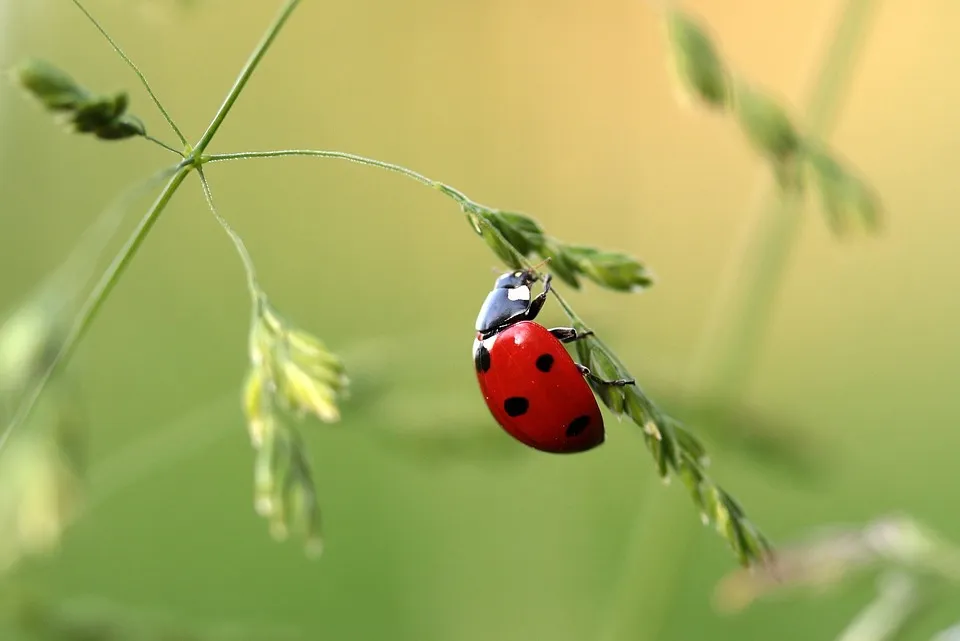
The competition started in 2016 as an eight-day challenge between the American cities of Los Angeles and San Francisco, resulting in some 20,000 observations being recorded by more than 1,000 people. The event gathered so much interest that in 2017, it became national, and by 2018, had gone global.
There is an abundance of nature in every city just waiting to be discovered and enjoyed – from parks to parklets, large wooded areas to allotments.
As cities worldwide grow ever more densely populated, these green spaces are invaluable in helping people to feel connected with the natural world.
Which cities are taking part in City Nature Challenge?
More than 400 cities are participating in the 2022 Challenge, 14 of which are in the UK:
- Bristol and Bath
- Brighton and Eastern Downs
- Birmingham and the Black Country
- Cardiff, Newport and Gwent
- Coventry
- Gloucestershire
- Greater Edinburgh
- Greater Glasgow
- Greater Manchester
- Lancashire
- Liverpool City Region
- London
- North East England
- Nottingham City
The City Nature Challenge has grown both internationally and in the UK – in 2018, three UK cities took part, followed by seven in 2019, and then despite the COVID-19 pandemic, 10 in 2020, and 14 in 2021.
However, the challenge is also open to non-city participants.
“Ordinary people have been watching and monitoring nature in the UK for hundreds of years, making our little cluster of islands one of the most well-observed areas in the world,” says Matt Postles, deputy chief director of Bristol Natural History Consortium.
“Conservationists, researchers, planners and policy makers need more complete, up to date information to make better-informed decisions to secure a future for local wildlife. City Nature Challenge is a great opportunity for people to have a go and get involved in what is a really fun and exciting activity, whether you are an expert or total beginner.”
How can I take part in City Nature Challenge?
To find out how to join your city team, visit the website: citynaturechallenge.org.uk (UK website) or citynaturechallenge.org (main website).
You’ll need to download the free iNaturalist app to submit your records or submit them via the iNaturalist website: uk.inaturalist.org (UK website) or inaturalist.org (main website), you can share your sightings on social media using #CityNatureChallenge and #CNCUK.

What species will I spot during City Nature Challenge?
Whether you're taking part in your garden, a local park or a nature reserve, there's a huge variety of wildlife that you might spot! You might be surprised how many species can be found in and near urban areas. Check out our guide to British wildlife in May to discover what different species are up to this month.
With such a huge range, we've provided an overview to some of wildlife you might see:
Mammals
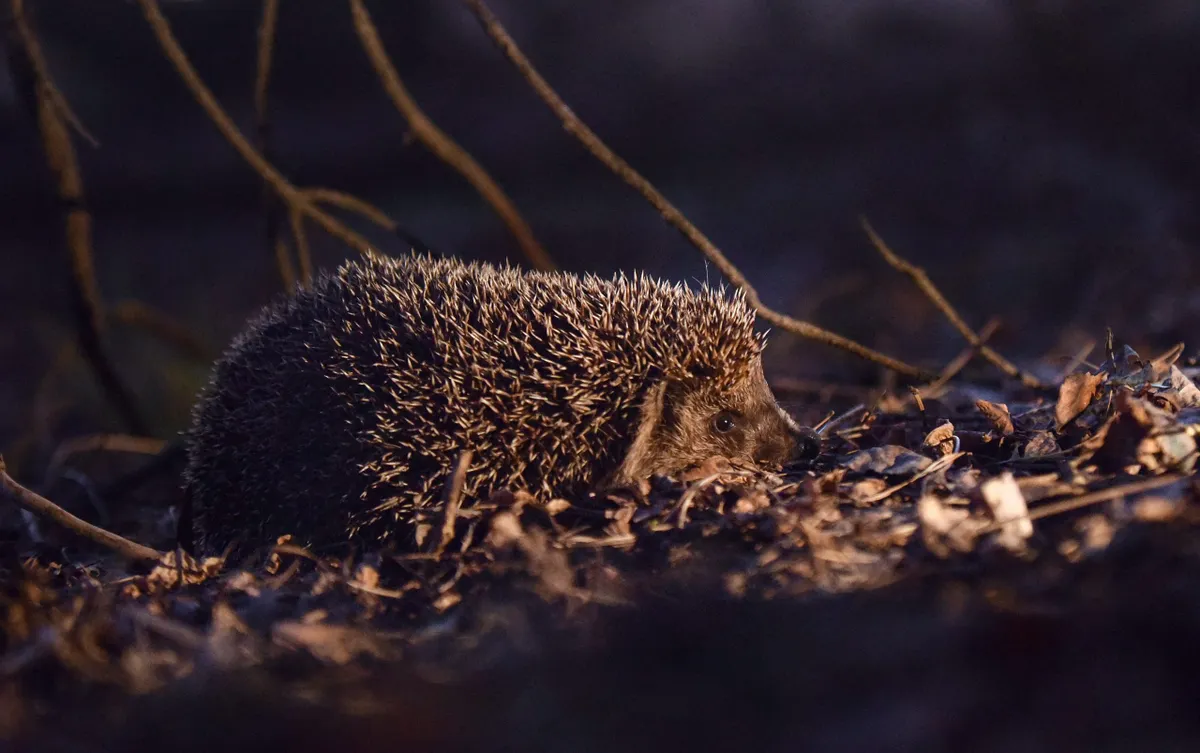
Common garden and park mammals include grey squirrels and other rodents, hedgehogs, foxes, and badgers. If you're lucky, you may spot a stoat or weasel, and our guide will help you tell the difference between the two.
Making a footprint tunnel or a print cast will help you discover visitors to your garden that you might not otherwise spot!
Birds
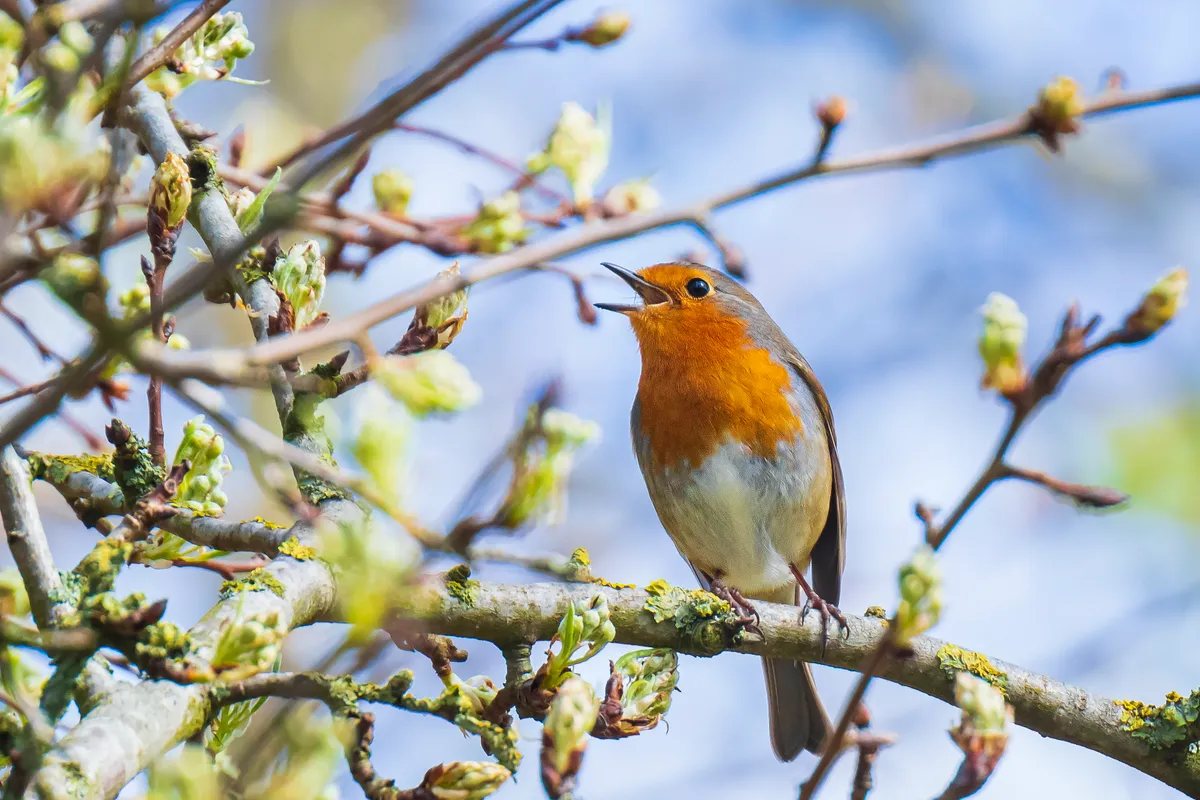
Our guide to garden birds will help you identify any avian visitors to your garden, including blackbirds, robins, and great spotted woodpeckers. If you're in a park or nature reserve, you may see and hear other species, including corvids such as jays, or birds of prey such owls or red kites.
City Nature Challenge coincides with International Dawn Chorus Day, so head out (very) early and see which bird species you can identify by song, and if you're lucky by sight. Our guide to the dawn chorus includes advice on what time to get up and in place to hear it, and which species you may hear. If you follow these instructions for building a parabolic reflector, you can also record the birdsong and listen back later.
Our identification guides for birds:
- How to identify birds' eggs
- How to identify bird and mammal nests
- How to identify common feathers
- How to identify birds on the move in spring
- Ducks of the UK
- How to identify bird song and bird calls
Reptiles and amphibians
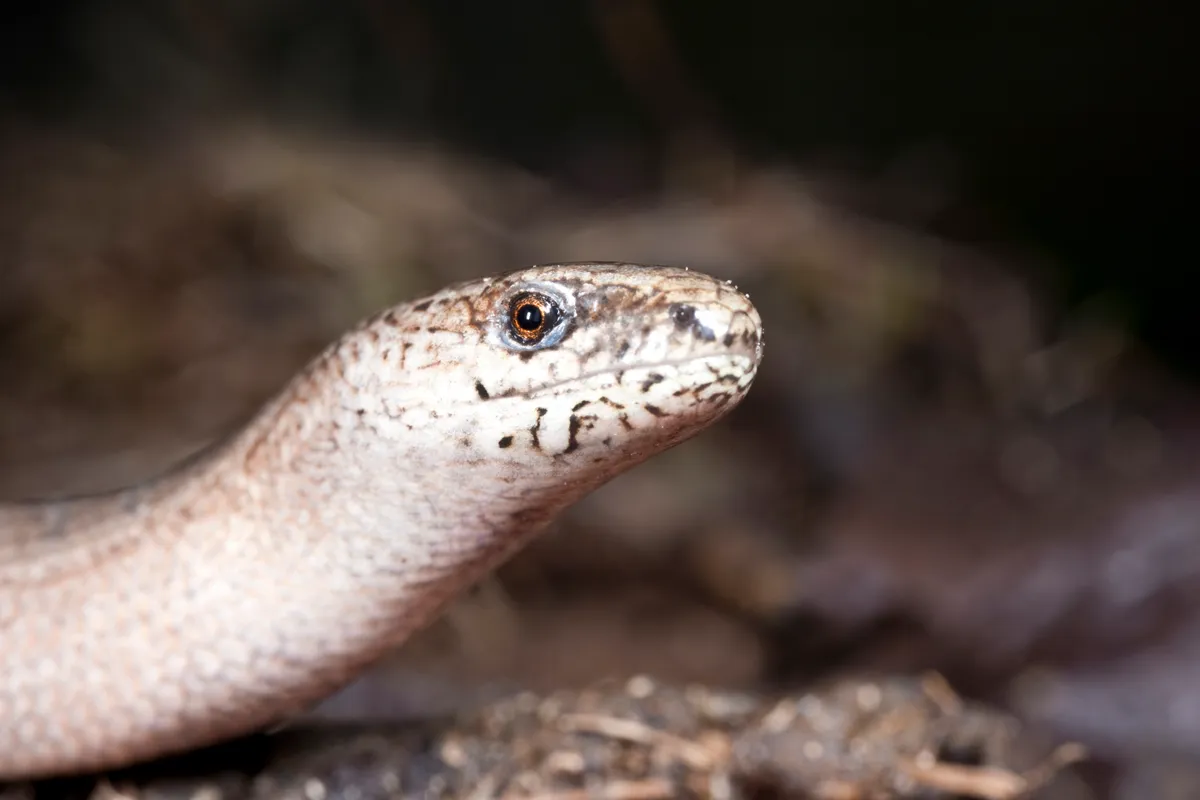
Collectively described as herpetofauna, there are a number of reptile and amphibian species, both native and non-native, to spot in the UK. Common garden species include grass snake, slow worm (pictured), common frog, common toad, and the three newts. Our guide will help you tell the difference between common frogs and common toads.
Insects and invertebrates
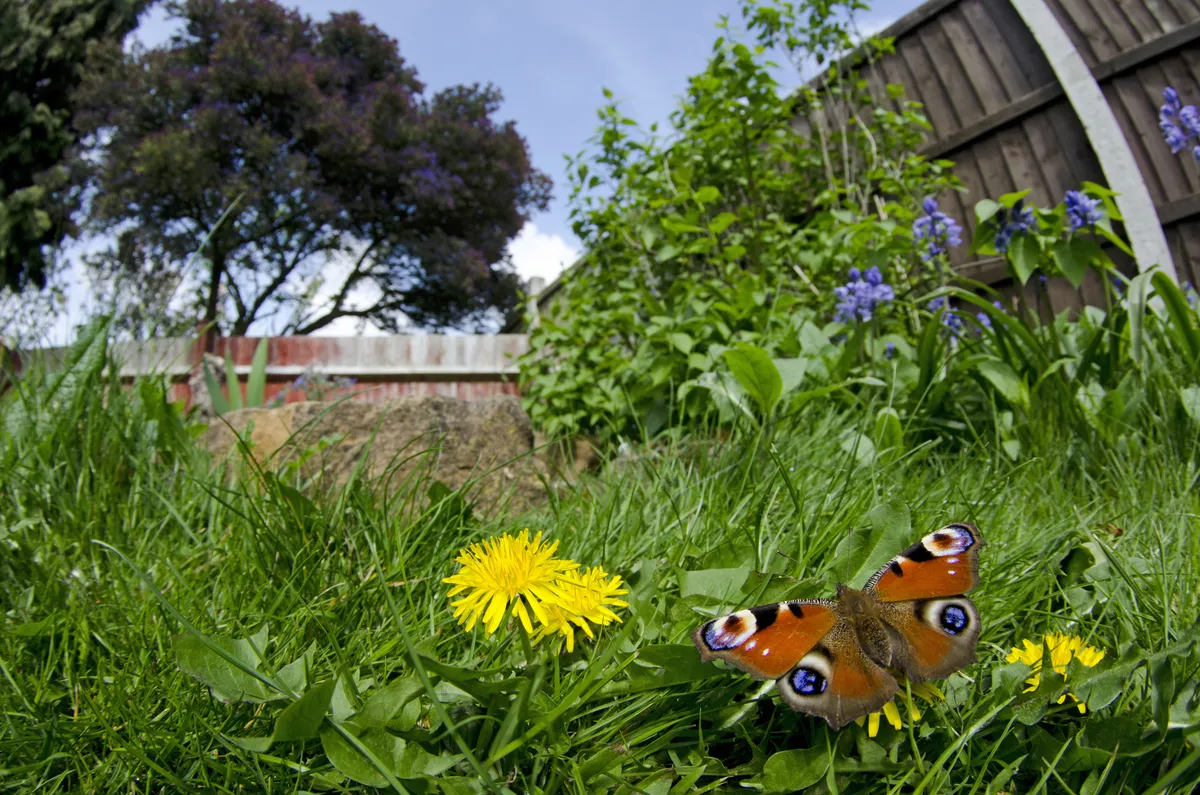
Early May is a great time for seeing and identifying insects, as species wake up from hibernation, or undertake pupation (or similar processes) and emerge as adults.
Garden butterflies on the wing now include peacocks (pictured), brimstones, and holly blues, and there are a number of bees that can be found in gardens, parks and reserves during spring, particularly if you have a bee hotel, such as bumblebees, honeybees, and red mason bees.
Making a pitfall trap or a pooter will help you to catch and identify invertebrates.
Our identification guides for insects and invertebrates:
- How to identify spring bees
- How to identify beetles
- How to identify hoverflies
- How to identify pond wildlife
- How to identify common British caterpillars
- 5 butterfly eggs and how to spot them
- How to identify slugs and snails
- How to identify household spiders and their webs
Plants
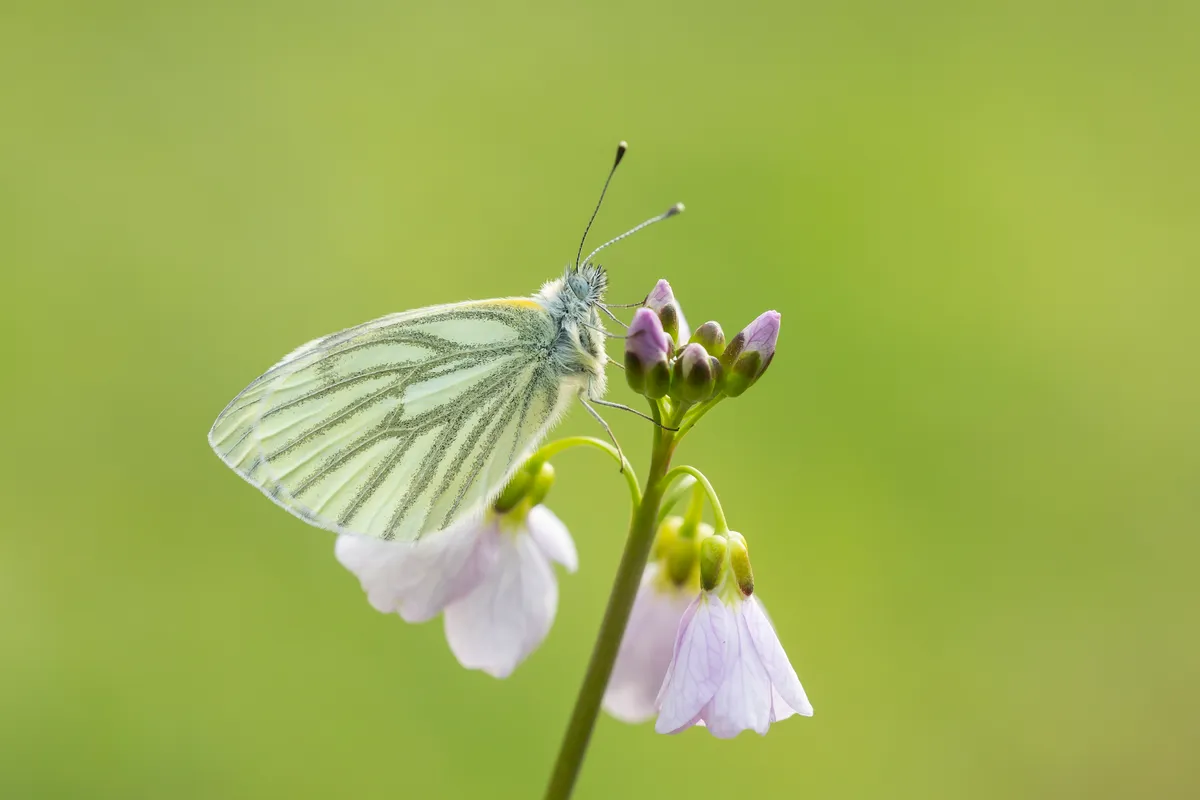
Spring is an excellent time for plant spotting identification, with deciduous trees coming into leaf, and more wildflowers blooming. Making a bark rubbing or using a measuring quadrant can be a useful way to identify plants.
Our identification guides for plants:
- Bluebell guide
- How to identify similar-looking spring wildflowers
- How to identify orchids
- How to identify spring hedgerow species
- How to tell the difference between hawthorn and blackthorn
- How to identify a tree by its bark
- How to identify plant galls
- How to identify common ‘weeds’
What other citizen science projects can I take part in?
If you take part in City Nature Challenge and find that you've caught the ‘bug’ for biological recording, here are some other citizen science surveys that take place annually that you may be interested in:
- New Year Plant Hunt (first four days of January)
- Big Garden Birdwatch (final weekend of January)
- Global Bird Weekend (early May and mid October)
- Moth Night (dates vary according to theme)
- Big Butterfly Count (three weeks between mid July and early August)

